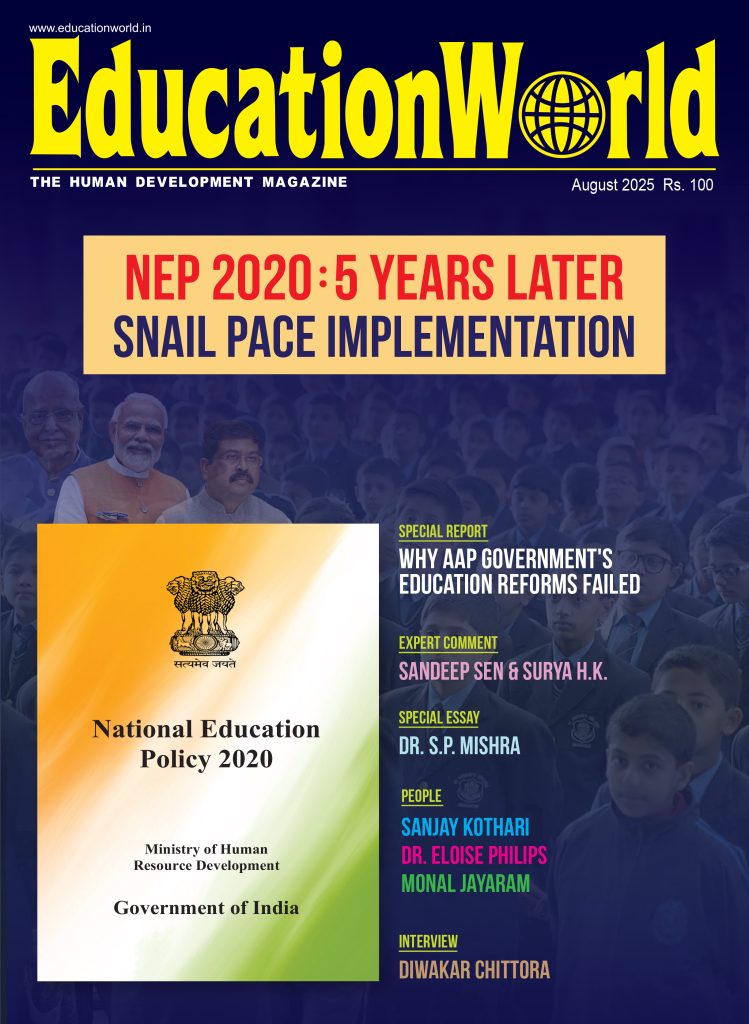Ayurveda
Within the booming multi-billion dollar — and growing global healthcare and associated industries of the 21st century, the new mantra is holistic healing. Little wonder ayurveda, the medical system of ancient India aka the ‘mother of all healing has made a big comeback and is emerging as a rewarding career option for young Indians aspiring to practice holistic medicine.
The ancient Indian medical science of ayurveda dates back an estimated 5,000–10,000 years and is often eulogised as the oldest healthcare system in recorded history. Some historians believe that it spread from India and influenced the ancient Chinese system of medicine, Unani, and the humoral medical system practiced by Hippocrates in Greece.
Ayurveda is made up of two words — ayur and veda — which translate into ‘life or ‘knowledge and ‘science respectively. Hence it is described as the ‘science of life. There are eight divisions of ayurvedic therapeutics namely, kayachikitsa (internal medicine); shalya (surgery); shalkya (otorhino-laryngology and ophthalmology); kaumr bhritya (pediatrics, gynaecology, and obstetrics); agad tantra (toxicology); rasayana (gerentology); vajikaran (aphrodisiacal); and bhoot vidya (psychiatry). In 1970, the government of India established the Pharmaceutical Laboratory of Indian Medicine (PLIM) as an apex level organisation to monitor ayurvedic practitioners and medicines across the country.
To qualify as a licensed practitioner of ayurveda, a bachelors degree in ayurvedic medicine and surgery (BAMS) is a prerequisite. To be eligible for admission into this study programme, a Plus Two or equivalent with physics, chemistry, and biology is mandatory. As in the allopathy MBBS programme, the duration is five-and-a-half years including internship. Admission is on the basis of a common entrance test (CET). The original ayurvedic texts Charaka Samhita and Sushrutha Samhita are written in Sanskrit and knowledge of this ancient language up to matriculation standard is likely to prove very useful for students of ayurvedic medicine.
There are 17 specialisations in ayurveda including those of pharmacist, surgeon, dietician, gynaecologist, teacher, panchkarna practitioner, etc. A BAMS student can opt for any of these areas of work.
Job opportunities for qualified ayurvedic practitioners are multiplying in India and abroad. There are scores of ayurvedic doctors practising as consultants overseas and raking in big bucks there. Jobs are available aplenty in medical colleges, hospitals, and health clinics, apart from the usual option of practising ayurvedic medicine. Government hospitals usually offer time-bound promotions, and in senior positions administrative duties have to be mixed with medical responsibility. This type of experience could in turn lead to research and advisory/consulting work.
The starting salary in government-run ayurveda clinics in hospitals is Rs.10,000 plus per month whereas in a private hospital an ayurvedic doctor can get a start of over Rs.15,000 per month.
There are an estimated 221 ayurveda colleges across the country out of which 60 colleges offer MD courses in ayurveda. These institutions, affiliated to different universities all over the country, produce around 12,000 ayurvedic physicians per year. Among the most reputed are:
NTR University of Health Sciences, Vijayawada
Government Ayurvedic Medical College, Banglore
Banaras Hindu University, Institute of Medical Sciences, Varanasi
R.A. Podar (Ayurved) Mahavidyalaya, Mumbai
College of Ayurved and Research Centre, Pune
Ayurvedic and Unani Tibia College, New Delhi
Shri Dhanawantry Ayurvedic College, Chandigarh
Hitherto most students opted for the BAMS study programme only if they didnt get admission into an MBBS degree college. But today theres a growing number of students who prefer to practice ayurveda and/or other branches of alternative medicine,” says the youthful Mumbai-based 20-something Dr. Aasinkumar Maurya, practitioner of ayurvedic medicine in the nations commercial capital.
After acquiring a BAMS degree from the Yerala Ayurvedic Medical College in Navi Mumbai in 2002, Maurya signed up as a research officer in the department of endocrinology of K.E.M Hospital, Mumbai, where he completed his one-year internship. Next he wrote the Maharashtra governments CET and qualified to study for the three- year MD (ayurvedic toxicology) programme at the Shri Ayurvedic College, Nagpur.
Currently, as part of his Masters programme, Maurya is working on a research project at Mumbais Haffkine Institute and University Department of Chemical Technology (UDCT) and is a principal investigator for clinical trials at the Life Veda Treatment and Research Centre.
Ayurveda is a science and there is no end to the amount of research one can do based on the knowledge derived from the ancient Vedas,” says Maurya adding that ayurveda students are also taught allopathic subjects in their study courses. According to the laws of Maharashtra state, we are allowed to practice allopathic medicine in combination with ayurveda. Of course, all states have their own laws,” he says.
Despite — or perhaps because — of India being the progenitor of this time-tested system of holistic medicine, its people are unaware of its power and potential, says Maurya. Ayurveda is the mother of all holistic therapies like yoga, music therapy, acupuncture, massage etc and will be the prime pathy of the future,” he predicts. For some ailments such as arthritis and psoriasis, for which there is no cure in allopathy, ayurveda can help. Ayurveda starts where allopathy ends,” he says.
Looking ahead, Maurya forecasts a bright future for qualified ayurvedic practitioners, particularly those with postgrad qualifications and Ph Ds as theres huge scope for research in herbal and ayurvedic medicine. The demand for qualified ayurvedic practitioners will rise with ayurvedic pancha karma centres (research centres) springing up all over the country and a clinical research organisation being planned. I also visualise substantial demand from developed countries for ayurvedic therapies,” says Maurya.
















Add comment